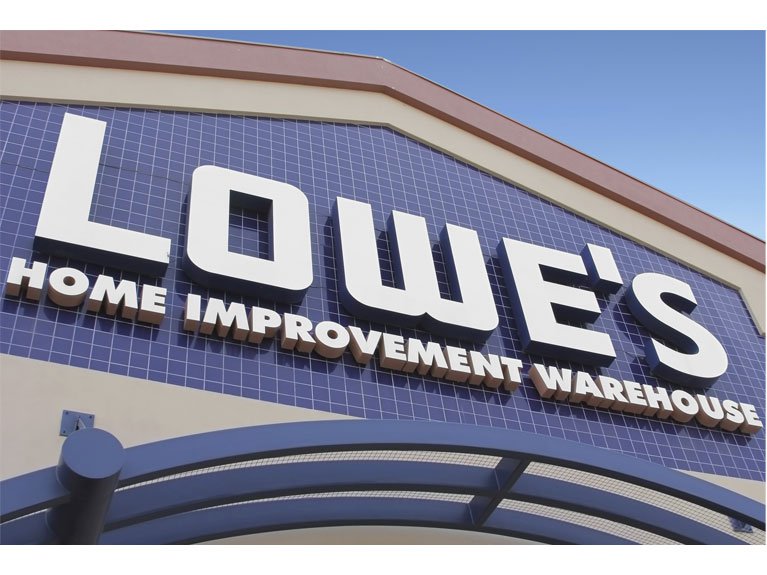FINANCE
The Tax Act: What’s In Store For Retail?
The 2017 tax act (Pub. L. No. 115-97: “An Act to provide for reconciliation pursuant to titles II and V of the concurrent resolution on the budget for fiscal year 2018.”) started out as political wishful thinking — a pipe dream for those hoping to effect change. But in a blink of eye it was here, and it came with sweeping changes for taxpayers across the nation. Stepping out a victor in the fight for reform, the retail industry has a lot to gain.
The most important change — and perhaps the most talked about — is the reduction in the corporate tax rate from the current 35% to 21% — just a notch above the previously proposed 20% rate. Retailers generally have faced higher effective tax rates than multinational businesses in other industries and therefore are among the bigger beneficiaries of the reduced corporate tax rate.
The steep reduction will help boost corporate earnings and cash flow for retailers. Many economists believe reducing the corporate rate will free up money that employers could potentially use to create new jobs. It also encourages U.S. retailers to invest more in their domestic operations, in addition to overseas ones.
The tax-rate cut more directly benefits big business, but smaller operations — often touted as the backbone of the American economy — are also set to benefit from the act’s new rules. Though the House and Senate bills varied significantly in their approach to reducing the tax burden on “mom and pop” retailers, Congressional representatives did settle on a 20% deduction for a taxpayer’s domestic qualified business income (QBI). The break isn’t for everyone though — taxpayers with pass-through income from specified service businesses in fields including, but not limited to health, law, accounting, actuarial science, performing arts, and other trades or businesses where the principal asset of such trade or business is the reputation or skill of one or more of its employees or owners, are subject to limitations.
Simplied Accounting Rules
The act also simplifies accounting rules for small retailers in that it exempts smaller businesses from having to account for inventories. The pre-2017 tax act code has multiple gross receipts tests for determining whether a taxpayer may use the cash receipts and disbursements method of accounting based on industry or entity structure.
The act amends the average gross receipts test, increasing three-year average gross receipts threshold to $25 million which permits certain small businesses to use the cash method of accounting and exempts them from the application of the inventory and uniform capitalization rules. Taxpayers making accounting changes are subject to certain statutory adjustments in the year of the change.
Many retail businesses must account for inventories using the accrual method of accounting if the production, purchase, or sale of merchandise is an income-producing factor to the business, as it is for most retailers. A 2001 revenue procedure allows the IRS to exercise its discretion to exempt a qualifying taxpayer with average annual gross receipts of $1,000,000 or less from the requirements to account for inventories (and to thereby exempt the business from mandatory accrual accounting for purchases and sales of merchandise).
Property Improvements
Boosting the victory, the act increases business expensing limitations under section 179 to $1,000,000 (double the previously allowed amount), subject to a $2.5 million phaseout (prior law began to phase out expensing at $2 million). And of probable importance to many retailers in need of retail space, the Act extends section 179 property to include income qualified improvement property as well as many improvements (roofs, heating, ventilation, and air-conditioning property, fire protection and alarm systems, and security systems) to non-residential real property.
Retailers contemplating, or in the midst of renovating or updating their space need to consider this expanded definition of section 179 property — being sure to incorporate relevant improvements.
The Act also provides for temporary 100% expensing for certain business assets — a substantial increase from the previously allowed 50%. Despite the hefty increase, however, a phase-out, albeit, a less severe phase-out, is still in effect for property placed in service after December 31, 2022, so retailers might consider the purchase of new machinery and equipment sooner rather than later.
Retailers even avoided the border adjustment tax (BAT) introduced by Paul Ryan in his “Better Way” tax plan last year as it was not included in either the Senate or House versions of tax reform. The provision would have exempted exports but levied a 20% tax on imports.
Some Downside
It can’t all be good news though: To keep companies from shifting income overseas, Congress included new base erosion measures in the act. Large national retailers are always looking to expand into new markets outside the U.S. The act imposes a new tax on “global intangible low-taxed income” (GILTI) of U.S. shareholders of controlled foreign corporations (CFCs), and provides a deduction of 37.5% for foreign-derived intangible income (FDII) plus 50% of the GILTI, and the amount treated as a dividend under section 78 for tax years beginning after December 31, 2017.
Deductions are reduced for tax years beginning after December 31, 2025. In addition, the act imposes a minimum base erosion anti-abuse tax (BEAT) for certain taxpayers. The calculation of the tax is based on the excess of 10% of the modified taxable income over the amount of regular tax liability, which is reduced by certain credits.
The message for retailers seems positive, though the true test is one of time as the Treasury scrambles to release guidance. Still, all things considered, retailers got a great deal and should remain optimistic moving in to this new tax age.
Amber Gorski, tax law editor, Bloomberg Tax, news, a news, research, and analysis provider for state, federal and international tax. She can be reached at .






